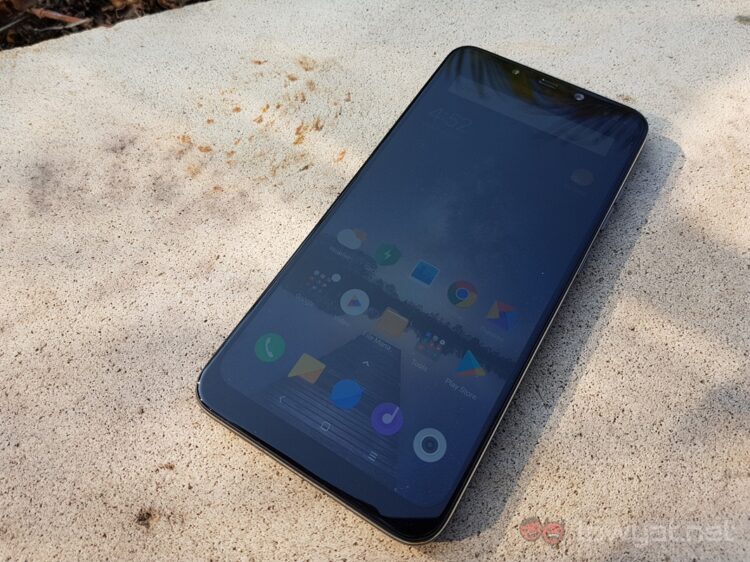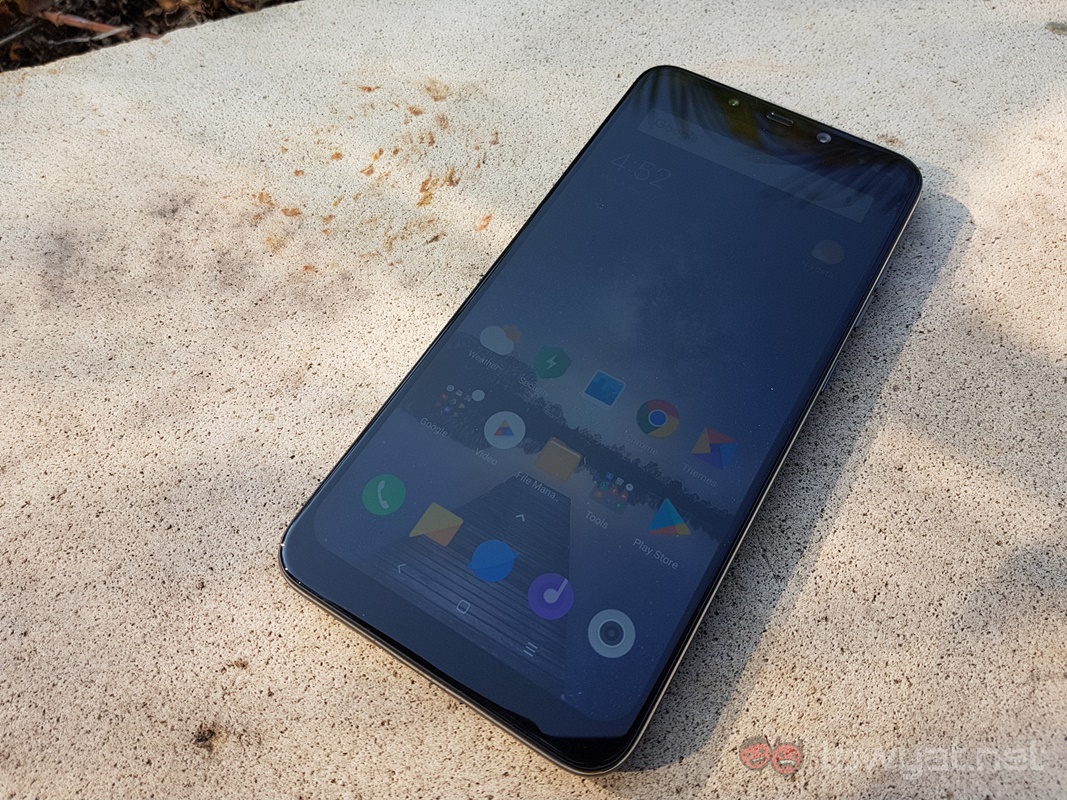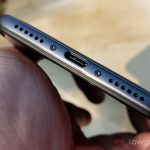Xiaomi is renown for creating premium smartphones with top-of-the-line hardware, and at almost a fraction of the price that is charged by other premium smartphone makers in the market. So then, it really shouldn’t surprise anyone that the Xiaomi Pocophone F1 would follow in the footsteps of its parent’s company’s Mi series phones.
On the subject of looks and aesthetics, the Pocophone F1’s design…well, looks generic and really doesn’t stand out. By comparison to the Xiaomi Mi 8, the Pocophone F1’s is also a little bit thicker than most of Xiaomi’s current flagship smartphones. The trade-off to this little extra girth is the big 4000mAh battery that sits inside the phone.
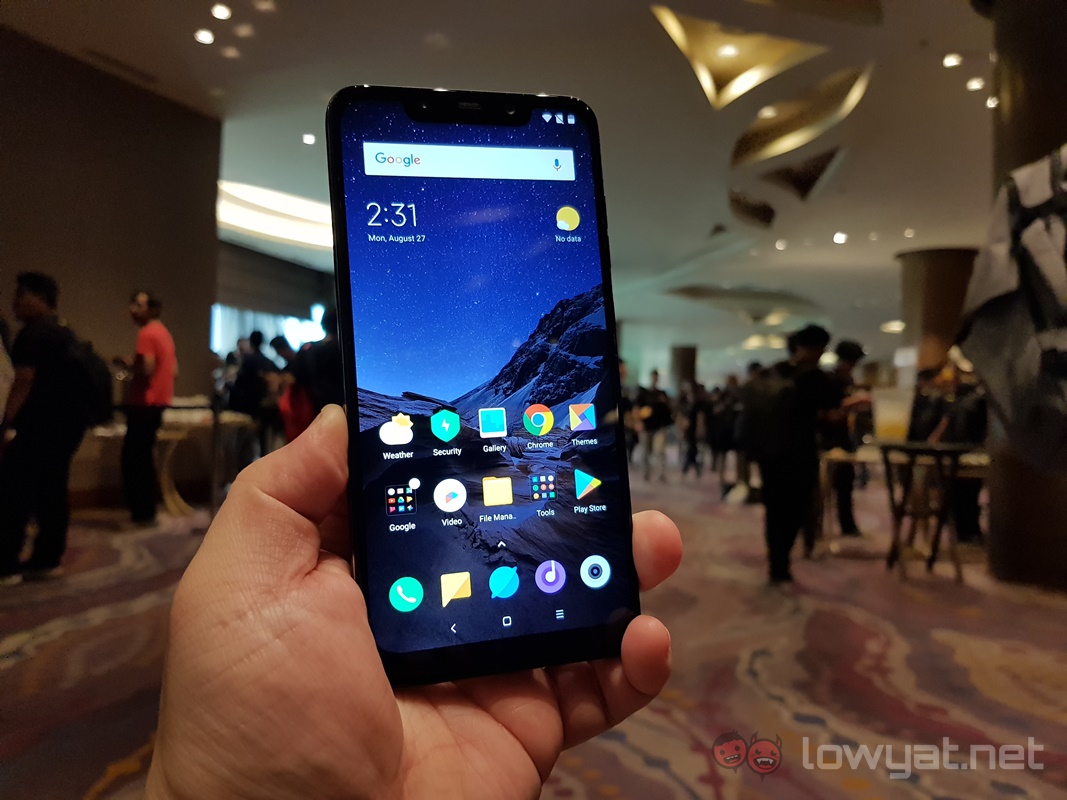
And then there’s the specs of the phone. Regardless of the storage configuration, the Pocophone F1 brandishes a Qualcomm Snapdragon 845 SoC, that in turn is liquid cooled by a specifically designed cooper pipe. To help things along, the phone also houses a healthy 6GB RAM as the bare minimum.
I say minimum because it should also be pointed out that there is a Armoured Edition of the Pocophone F1, and that variant comes with 8GB RAM (and 256GB of expandable storage too). Unfortunately, Xiaomi has said that it has no plans on bringing the Armoured Edition into Malaysia. At least, not anytime soon.
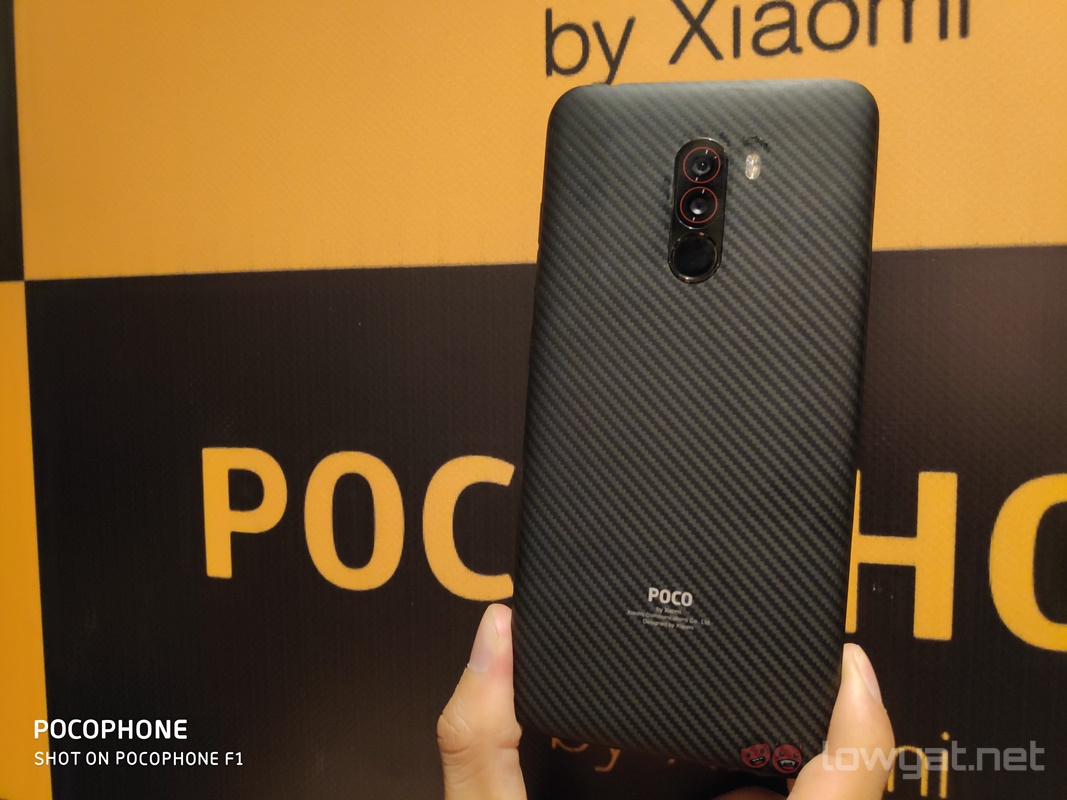
Unsurprisingly, and owing to its non-assuming design, the Pocophone F1 actually feels incredibly comfortable to hold, and that is despite having a 6.18-inch display. Yes, the display does come with a relatively big notch at the top of the phone, but you’ll breathe a sigh of relief knowing that you can hide it via the phone’s on-board software.
Speaking of software, I should probably mention that the Pocophone F1 uses a modified version of Xiaomi’s MIUI 9.6. Specifically, it’s been tweaked to run 21% faster than the standard MIUI, and it really shows. Apps launch considerably quicker, and basic functions such as waking the phone and the swiping animations were visibly zippy.
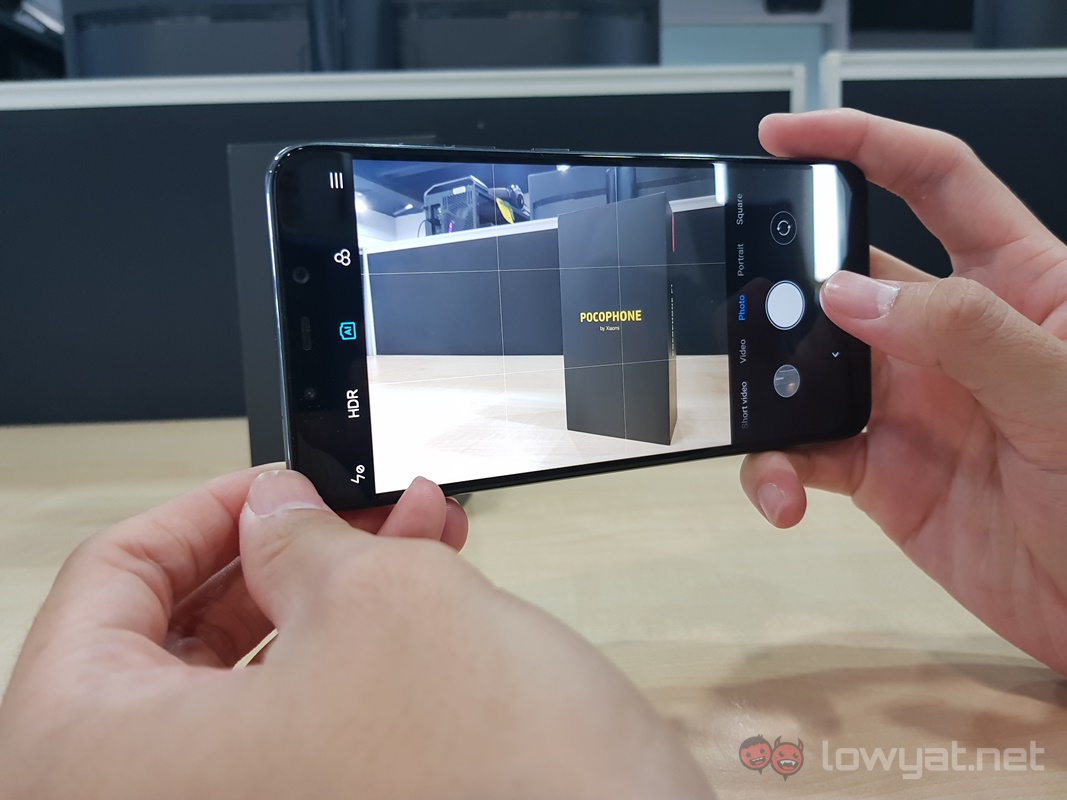
Moving on, there’s also the camera performance of the Pocophone F1. About its main dual 12MP + 5MP camera array; there technically isn’t a whole lot to shout about its performance. Like most phones of today, daytime photography is barely an issue for the phone, and to my surprise, it’s capable of capturing some relatively decent pictures in low-light environments. As seen in the sample image below.

The Pocophone F1 also shares the same 20MP front-facing camera as the Xiaomi Mi 8, along with its 1.8µ “Super Pixel” technology. The technology basically allows the sensor to take in more light, allowing for better selfies. Again, the camera works fine when you’re taking pictures during the day, but in low-light conditions, noise levels are very apparent.
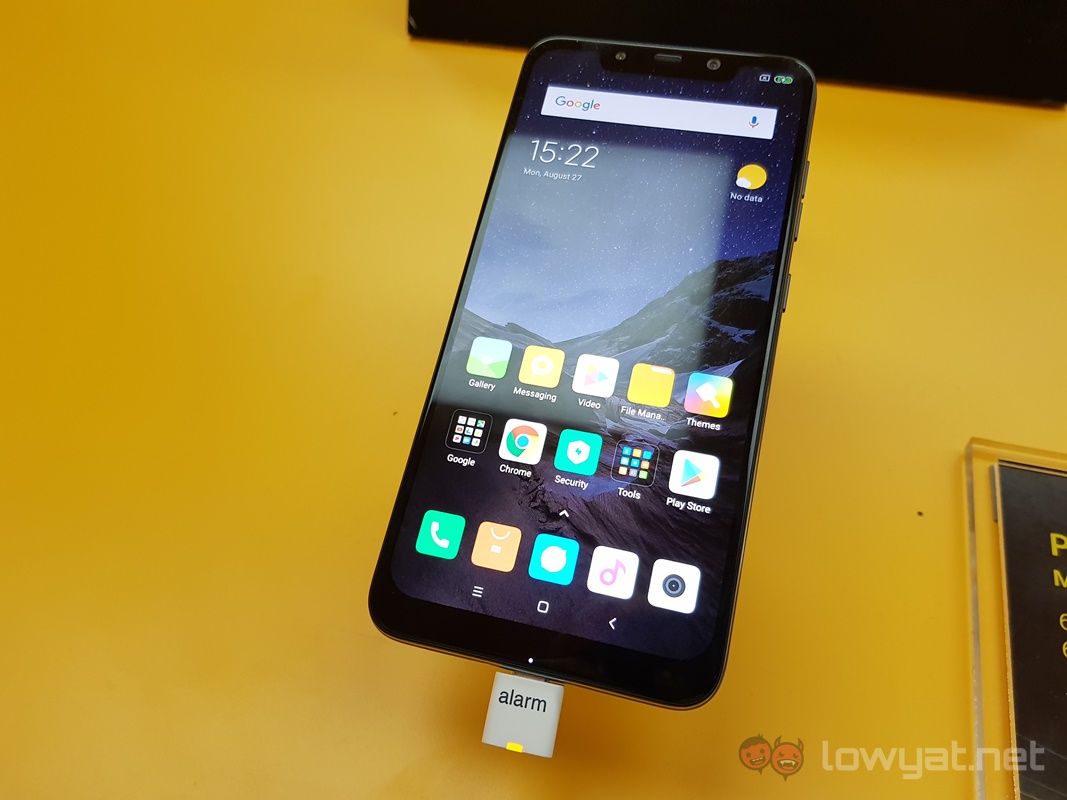
Camera performance notwithstanding, this is technically the first smartphone of Xiaomi’s sub-brand. It’s clear that the focus of the Xiaomi Pocophone F1 is set on providing users with a blazing fast phone at an affordable price, rather than loading it up with all the bells and whistles. Driving up the price to levels that would be considered exorbitant. In any case, Xiaomi had been kind enough to provide a unit, so you can expect a full review of the phone in the future.

